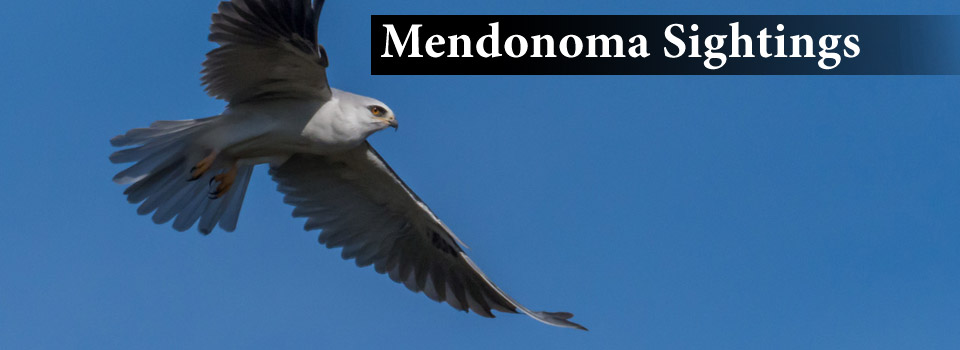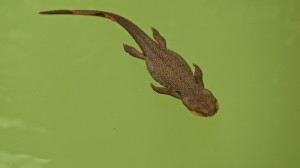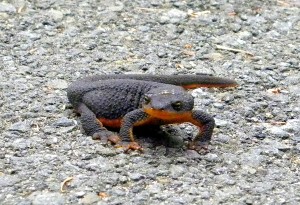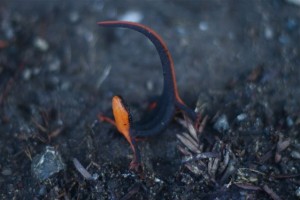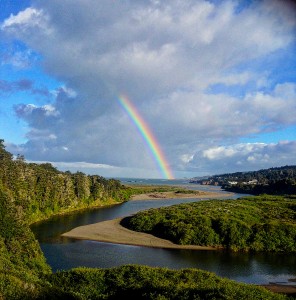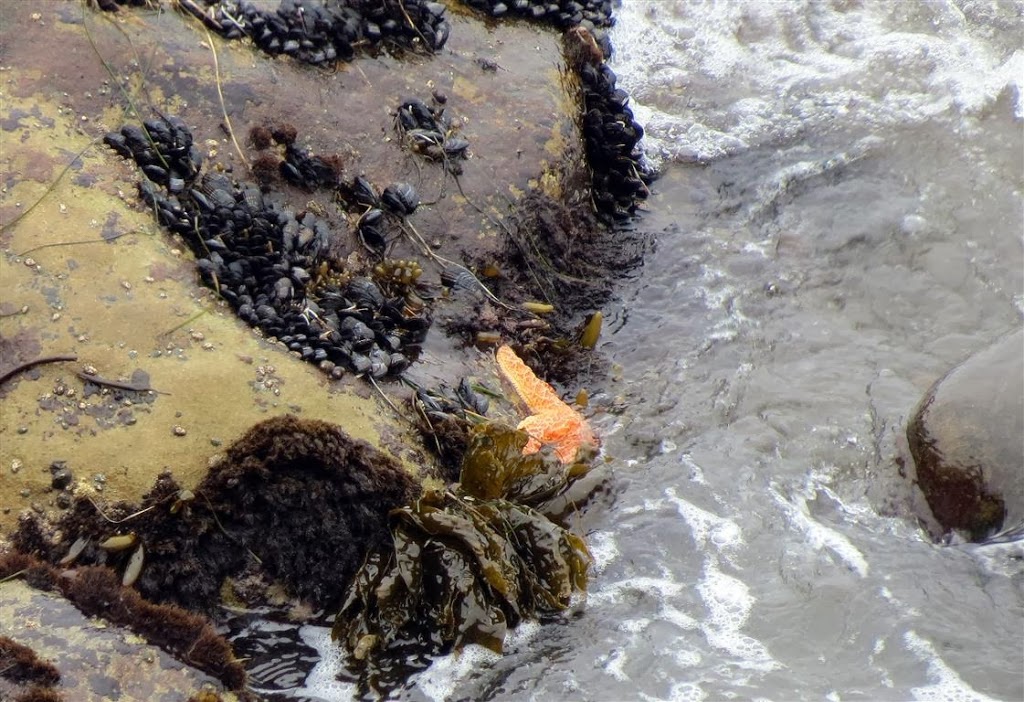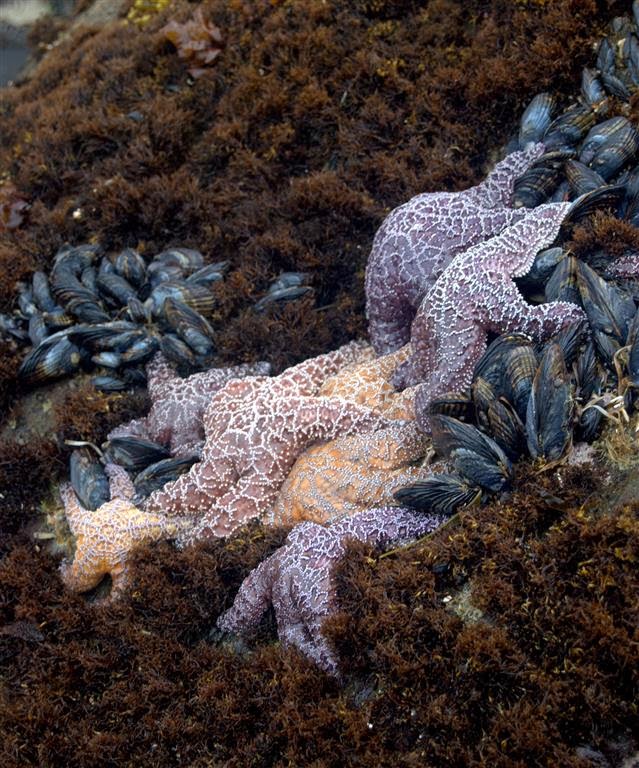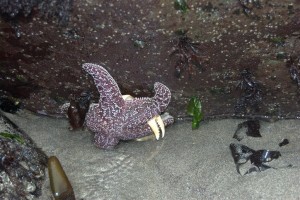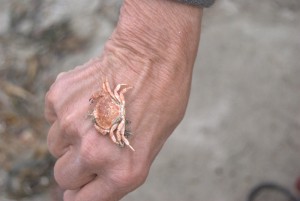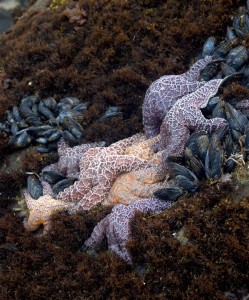Rough-skinned Newts spend time in creeks and ponds, and also on land. Richard Kuehn recently photographed one swimming.
I find them occasionally in our courtyard where we have a fountain. It's fun to see them flash their orange underparts. Peggy Berryhill photographed this one below.
The photo above, taken by Hal Fogel, shows a newt in an attack position. Rough-skinned Newts have a toxin in their skin so it's best to not handle them. Garter Snakes are the only creatures that can eat this particular newt.
Thanks to Rich, Peggy and Hal for allowing me to share their photos with you here.
